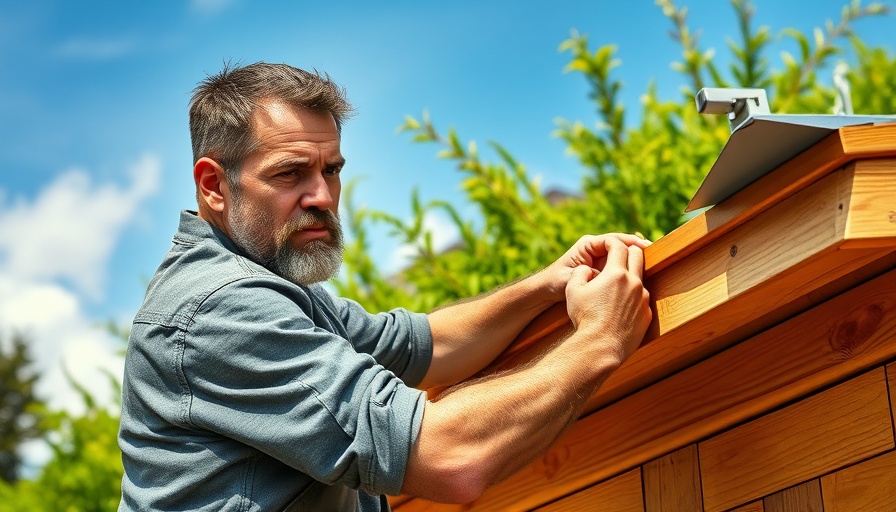
Transform Your Outdoor Space with a DIY Shed and Metal Roof
Building a shed can be one of the most rewarding DIY projects for homeowners and outdoor enthusiasts alike. When coupled with a metal roof, your shed not only becomes a functional storage space but also adds value to your property. With this straightforward guide, we’ll explore the essential steps needed to install a metal roof on your DIY shed, highlighting key benefits and valuable tips along the way.
Why Opt for Metal Roofing?
Metal roofing stands out as one of the best materials you can choose for your shed for several compelling reasons. Firstly, metal roofs are incredibly durable, lasting anywhere from 40 to 70 years. This longevity far surpasses traditional asphalt shingles, which typically need replacement every 20 years. Additionally, metal roofs are weatherproof, able to withstand severe rain, snow, and wind, making them a top choice for various climates.
Another advantage is energy efficiency. Metal roofing reflects solar radiant heat, helping to keep your shed cool in those scorching summer months. This energy efficiency not only enhances comfort but can also contribute to lower energy costs if you decide to use the shed for activities like woodworking or small projects.
Materials You’ll Need
Before diving into the installation process, it’s essential to gather the right tools and materials. Here’s a list to get you started:
- Metal roofing panels (29-gauge recommended for durability)
- Roofing screws with rubber washers
- Roofing underlayment (synthetic or felt)
- Closure strips and ridge caps
- Tin snips or metal shears
- A cordless drill/driver
- Safety gear (goggles, gloves, safety shoes)
A Step-by-Step Installation Guide
1. **Remove Existing Roofing**: If you have an old roof, carefully cut it off and check for any signs of rot or damage in the decking. Replace any compromised panels to secure a strong foundation for your new roof.
2. **Install Roofing Underlayment**: Lay your underlayment horizontally on the roof, ensuring that each row overlaps by at least 4 inches. This will provide an additional moisture barrier.
3. **Put Down Closure Strips**: These foam strips will fit the panel profile at the eaves and ridges, sealing openings against pests and water.
4. **Attach Metal Panels**: Begin from the bottom of the roof and work upwards. Ensure your first panel overhangs the edge by about 1-2 inches to effectively guide water away. Use roofing screws every 12-18 inches to fasten the panels securely.
5. **Trim Off Excess**: Use tin snips to cut panels as necessary at the peak or gable ends, being cautious when handling the metal edges.
6. **Install the Ridge Cap**: Once all panels are in place, seal the top with a ridge cap for protection from rain and added ventilation.
7. **Seal and Inspect**: Apply sealant to edges, overlaps, and screw heads where required, ensuring everything is installed properly for maximum durability.
Common Mistakes to Avoid
Even small errors can lead to significant issues down the line. Ensure proper overlap to prevent leaks, and always check your work for crooked panels before securing. Use caution not to overtighten or distend screws, which can compromise the integrity of your roof.
Conclusion: Why Going Metal is Worth It
Installing a metal roof on your DIY shed presents a unique opportunity to enhance both functionality and value. Not only does it offer long-lasting security and aesthetic appeal, but it also allows you to tailor your project to your specific needs and preferences. With proper planning and execution, you can avoid common pitfalls and create a durable structure that will serve you well for years to come.
Ready to embark on your own shed-building journey? Gather your materials, follow this guide, and experience the satisfaction of creating a safe, useful space in your outdoor environment!
 Add Row
Add Row  Add
Add 




Write A Comment